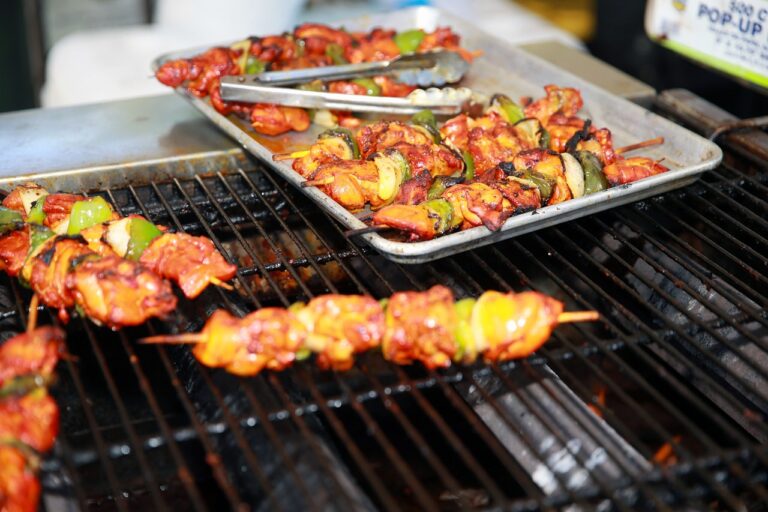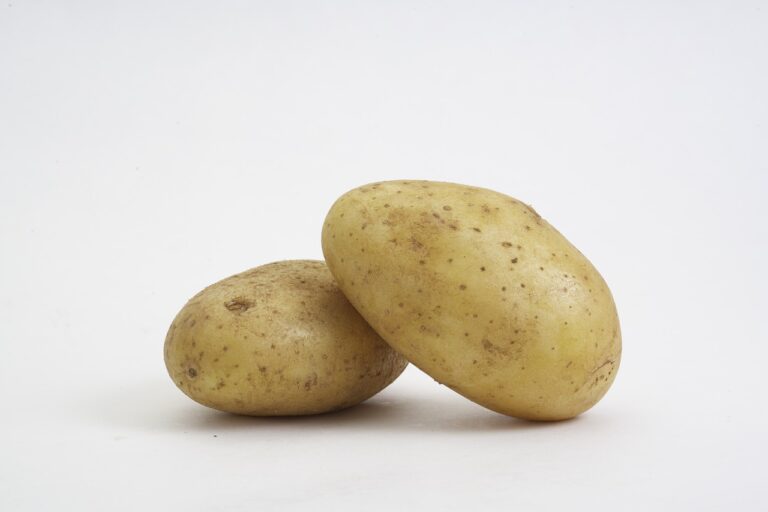Rise of Food Delivery Apps: Impact on Traditional Restaurant Business
Traditional restaurants are encountering a myriad of challenges in today’s competitive dining landscape. One major obstacle they face is the rising costs of ingredients and overhead expenses, making it difficult to maintain profitability in an already tight-margin industry. Additionally, attracting and retaining customers has become increasingly challenging as diners are opting for newer, trendier dining options offered by food delivery apps and online platforms.
Another prevalent issue for traditional restaurants is the struggle to keep up with evolving technology. From implementing online ordering systems to creating a strong digital presence on social media, many eateries are finding it challenging to adapt to the fast-paced digital world. This shift towards technology-driven dining experiences has left traditional restaurants grappling with the need to innovate and modernize their operations to stay relevant in an ever-changing market.
Increased competition from food delivery apps
The emergence of food delivery apps has significantly altered the landscape of the restaurant industry. These platforms offer convenience and variety to consumers, allowing them to order from a multitude of restaurants with just a few clicks on their smartphones. As a result, traditional restaurants are facing intensified competition as their customer base is now exposed to a wider range of dining options available at their fingertips.
Moreover, food delivery apps provide a level of transparency and user reviews that traditional restaurants may struggle to match. Customers can easily compare menus, prices, and ratings of different restaurants, making it crucial for traditional establishments to maintain high quality in order to remain competitive in the market. This shift in consumer behavior towards using food delivery apps has forced traditional restaurants to adapt their strategies in order to retain their customer base and continue to thrive in the ever-evolving food industry landscape.
• The emergence of food delivery apps has significantly altered the restaurant industry landscape
• These platforms offer convenience and variety to consumers
• Traditional restaurants are facing intensified competition due to the wider range of dining options available through food delivery apps
• Food delivery apps provide transparency and user reviews that traditional restaurants may struggle to match
• Customers can easily compare menus, prices, and ratings of different restaurants
• Traditional establishments must maintain high quality to remain competitive in the market
• Consumer behavior towards using food delivery apps has forced traditional restaurants to adapt their strategies
Shift in consumer behavior towards online ordering
One of the most significant changes in recent years has been the shift in consumer behavior towards online ordering. With the convenience of ordering food from the comfort of their own homes or workplaces, more and more people are choosing to browse menus and place orders through food delivery apps or restaurant websites. This shift has been accelerated by the prevalence of smartphones and the ease of access to a wide range of dining options at their fingertips.
As a result of this trend, traditional restaurants are facing a new set of challenges. They now not only have to focus on providing a great in-house dining experience but also need to invest in creating efficient online ordering systems and delivery services to cater to the changing demands of consumers. Many restaurants are finding it essential to partner with popular food delivery apps to reach a broader customer base and stay competitive in a rapidly evolving market.
What are some of the challenges faced by traditional restaurants in light of the shift towards online ordering?
Traditional restaurants are facing challenges such as adapting to new technology, managing delivery logistics, and dealing with increased competition.
How are food delivery apps contributing to increased competition for traditional restaurants?
Food delivery apps are providing consumers with more options for ordering food, making it easier for them to choose delivery over dining in at traditional restaurants.
What are some of the factors driving the shift in consumer behavior towards online ordering?
Factors driving the shift in consumer behavior towards online ordering include convenience, variety of options, and the ability to easily compare prices and reviews.
How can traditional restaurants adapt to the shift towards online ordering?
Traditional restaurants can adapt to the shift towards online ordering by partnering with food delivery apps, offering online ordering options on their own websites, and improving their overall customer experience.







